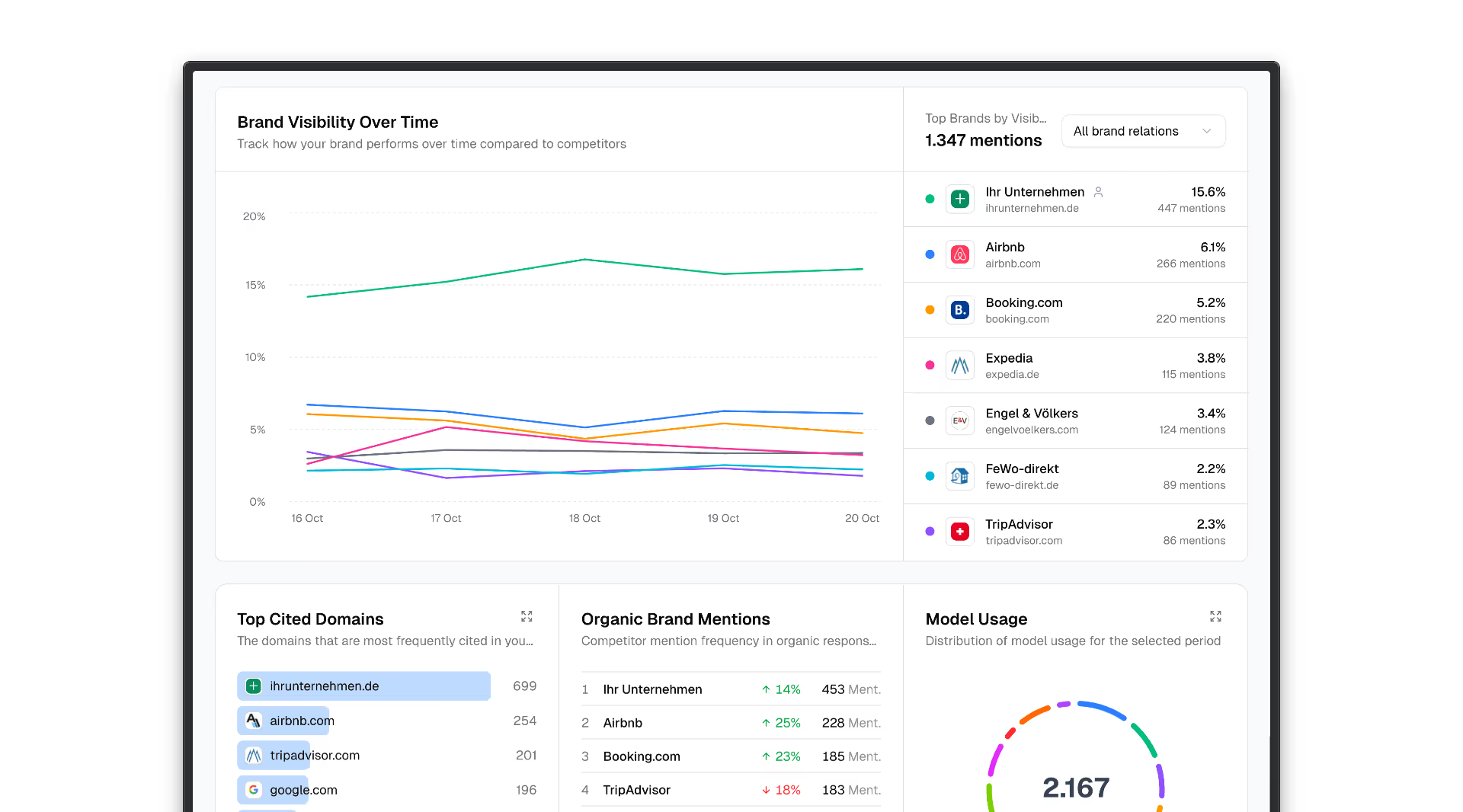What does automation mean on the web?
In a web context, automation refers to the use of technologies and tools to perform repetitive or manual tasks in areas such as web development, web design and to simplify or completely automate marketing. The aim of automation is to increase efficiency, ensure consistency and reduce repetitive tasks.
Typical areas of application for web automation:
- Test automation:
Automated software testing to ensure that web applications work correctly after updates and adjustments. This includes unit testing, integration testing, and system testing. - email marketing-Automation:
Automatic sending of personalized email campaigns, segmentation of target groups and analysis of campaign results, making marketing processes significantly more efficient. - Social media management:
Schedule and automatically publish posts on platforms such as Facebook, Instagram, or LinkedIn using tools such as Buffer or Hootsuite. - SEO automation:
Use of automated SEO tools that carry out keyword research, analyze content and provide optimization recommendations to improve visibility in search engines. - Forms and workflows:
Automatic processing and organization of form requests and workflow processes on websites to generate leads efficiently and optimize user interactions. - Web analysis and reporting:
Automatic creation of reports and analyses on the performance of websites and digital marketing campaigns. - Chatbots and customer interactions:
Integrate automated chatbots that answer customer inquiries, provide support, and simplify interactions on websites - workflow automation
conclusion
Automation on the web can be used to optimize work processes, reduce sources of error and save time and costs. Automated processes significantly improve the efficiency, consistency, and performance of digital projects.
Further information:




